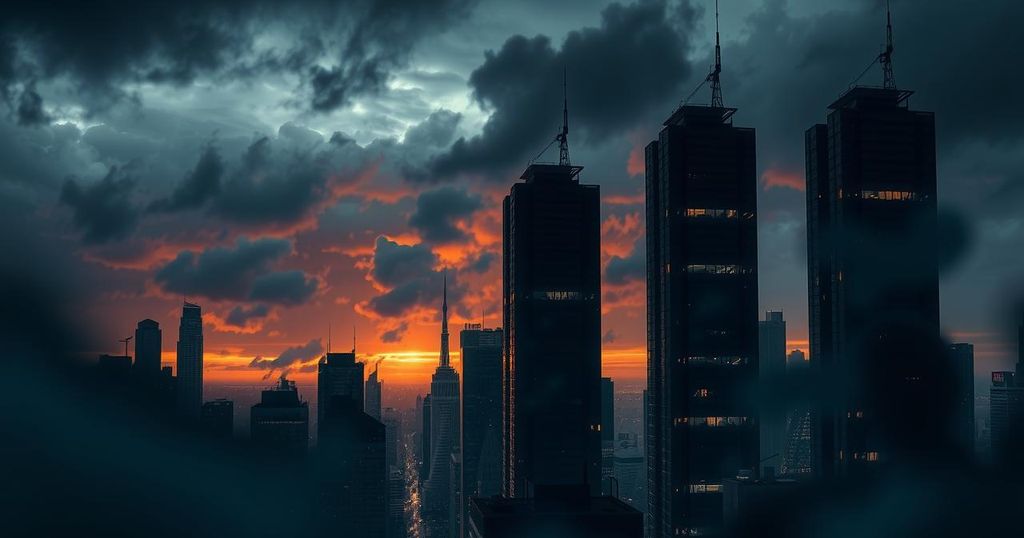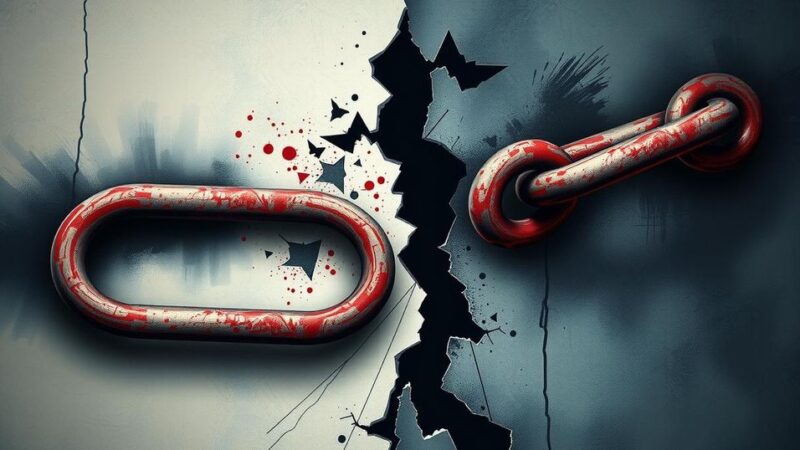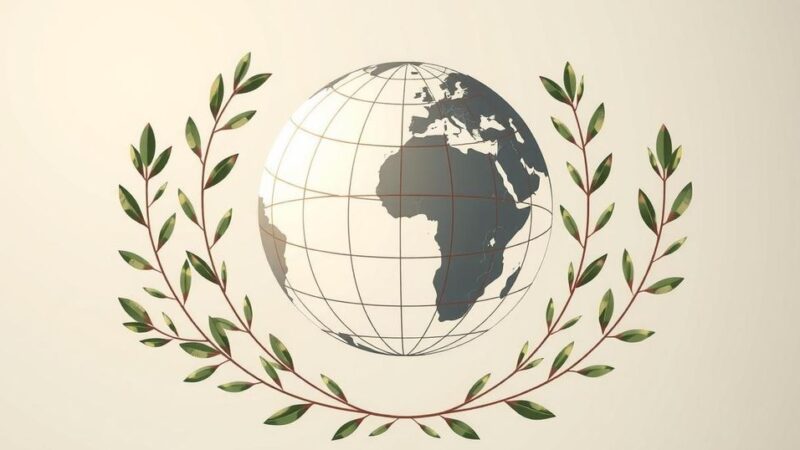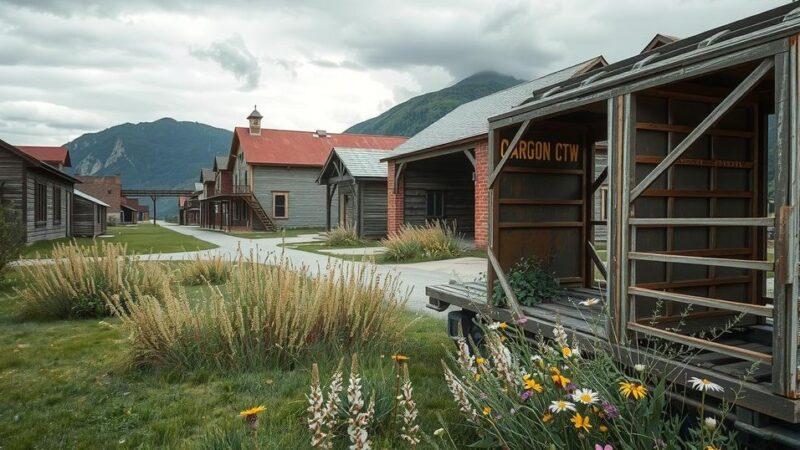Protests erupt in Iran on February 14, 2025, driven by power outages and economic issues. Demonstrators across various cities demand accountability from the government, expressing frustration over poor governance and inadequate solutions. The unrest is exacerbated by cold weather and ongoing electricity crises, indicating a growing wave of discontent. The government’s failure to effectively respond could lead to larger protests and heightened tensions.
On February 14, 2025, protests intensified across several Iranian cities due to extensive power outages, economic challenges, and growing public dissatisfaction with the government. Demonstrators in Tehran, Karaj, Bushehr, Isfahan, and Hormozgan chanted anti-regime slogans while demanding greater accountability from authorities. The electricity crisis remains a significant source of unrest, with persistent blackouts affecting daily life and businesses, particularly in cities like Tehran and Khorramdast.
The situation has deteriorated further due to cold weather, leaving many residents without adequate heating. Videos circulating online depict frustrated citizens expressing their discontent, with one resident stating, “This is the ‘peak of progress’ that Khamenei talks about.” Notably, protests erupted during the president’s visit to Bushehr, where he faced backlash from residents who expressed their disdain on social media.
In Isfahan, pharmacists protested outside the Social Security Organization, demanding overdue payments and solutions to supply chain issues. They chanted, “Empty promises are enough, our accounts are empty,” underscoring their urgent need for financial support. Additionally, oil workers in Hormozgan demonstrated against unfair wage practices, seeking better compensation and reforms to pension management.
Nightly protests have become a commonplace event in both Tehran’s Ekbatan district and Karaj, with chants such as “Death to Khamenei” reverberating through the streets. These gatherings frequently occur in response to power cuts and economic setbacks, with demonstrators vowing to hold the regime accountable. Cities across the country, including Shiraz, Yazd, and Bukan, participate in these movements as citizens express their frustrations over governance shortcomings and power shortages.
As the economic crisis escalates and public frustration mounts, Iran is witnessing a wave of protests with no foreseeable resolution. With 24 provinces experiencing partial or complete energy shortages, the populace’s unrest poses a significant challenge to the regime, which has thus far failed to implement effective solutions. The potential for larger, more coordinated protests is increasing as social discontent grows.
In summary, the protests across Iran, driven by power outages and economic strife, reflect a deepening discontent with the ruling government. The public’s frustration has manifested in demonstrations throughout the country, highlighting specific grievances related to welfare, compensation, and governance. As the electricity crisis worsens and economic conditions decline, it is evident that the regime’s inability to address these issues may lead to intensified civil unrest in the future.
Original Source: www.ncr-iran.org






